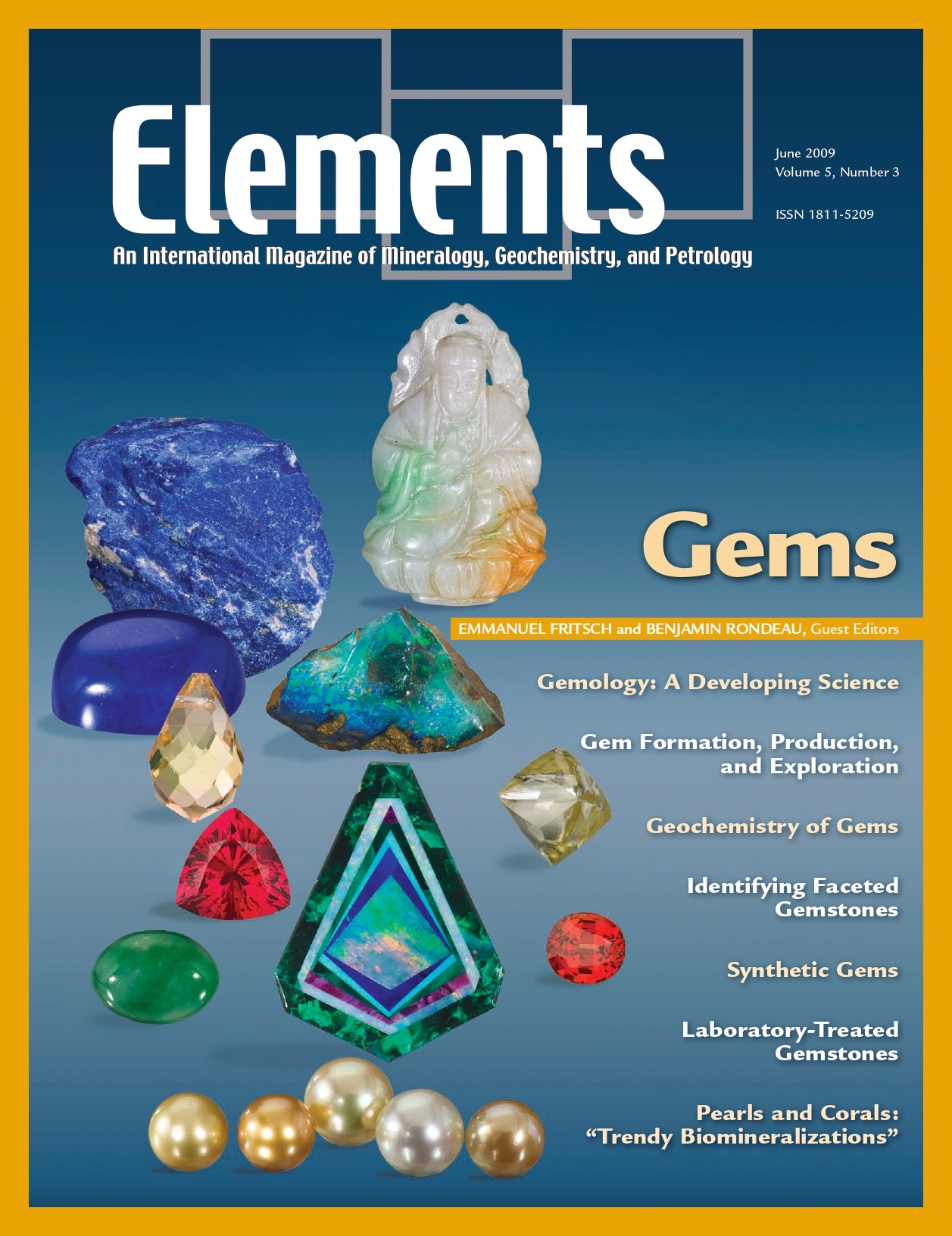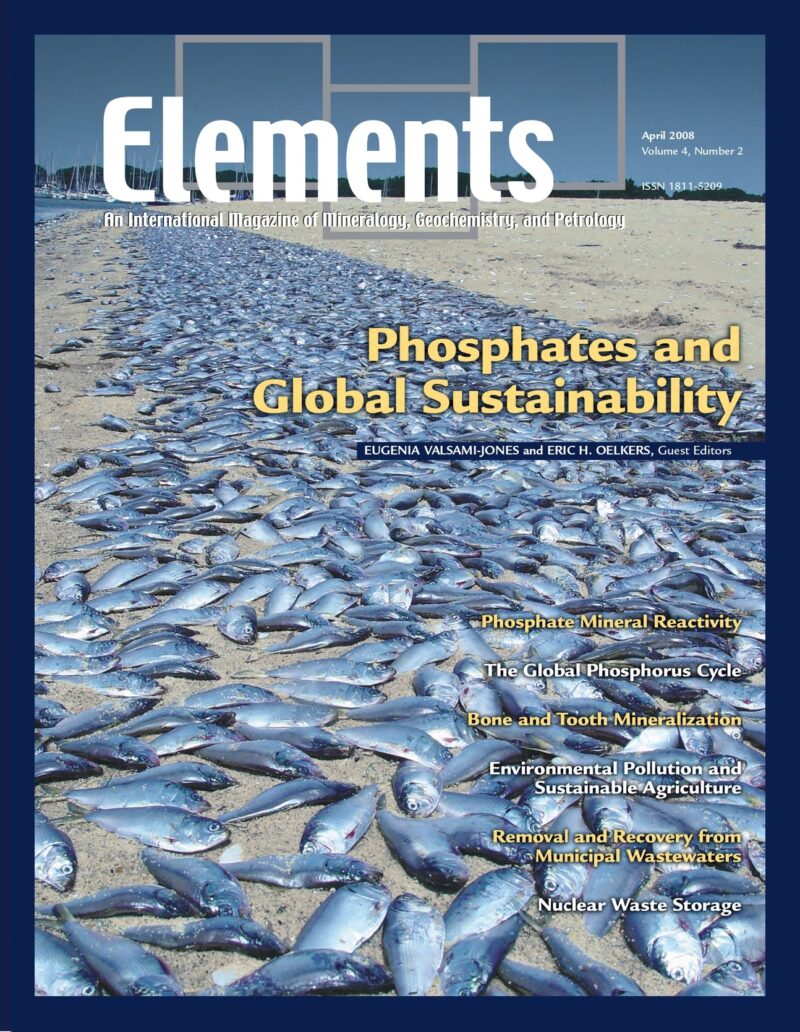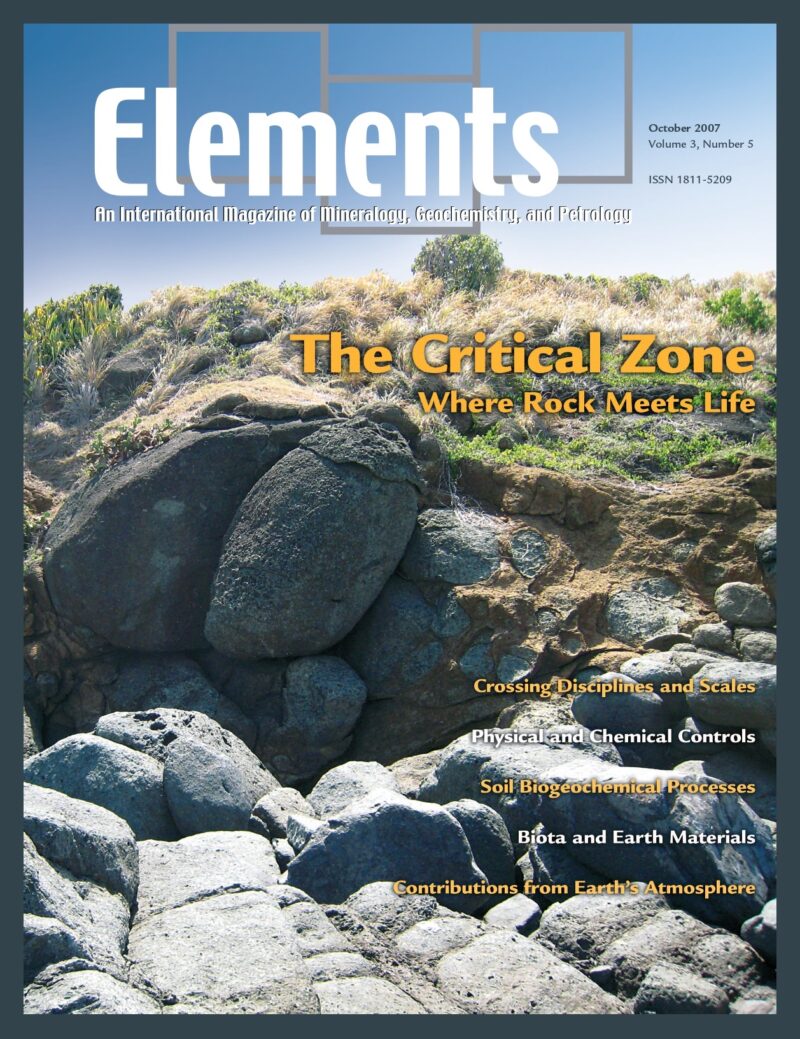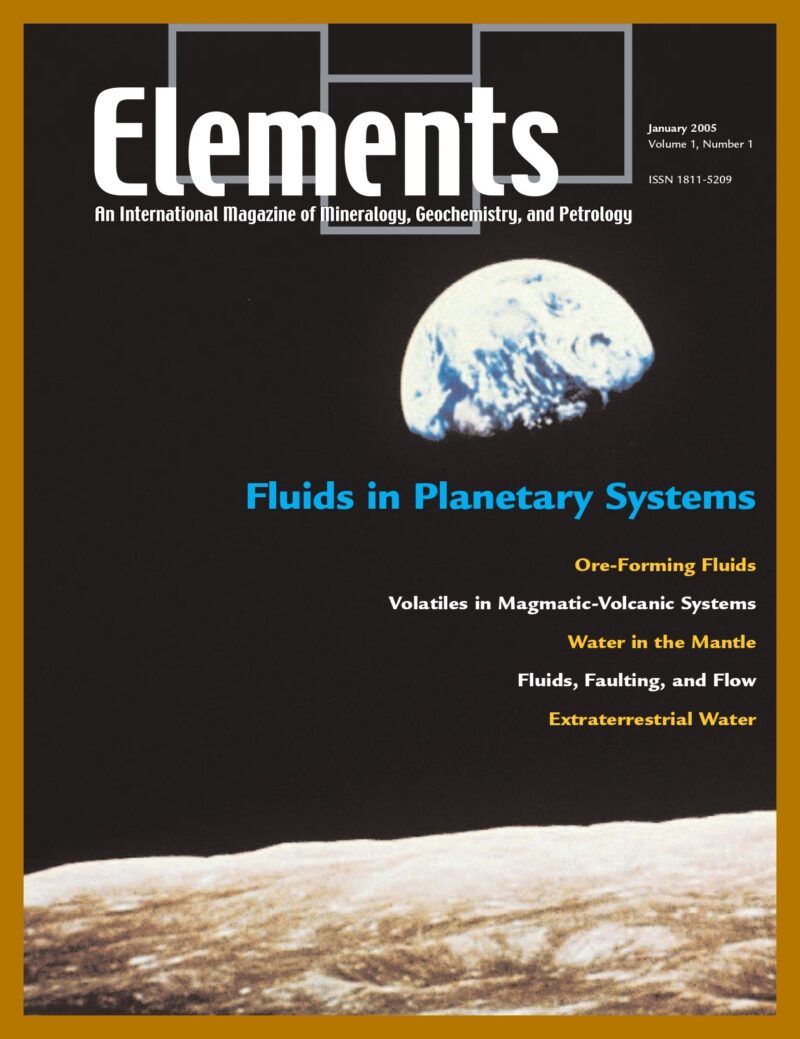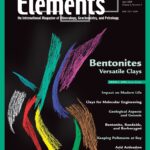
Bentonites – Versatile Clays, April 2009, Vol. 5, No. 2
June 28, 2024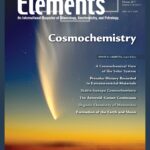
Cosmochemistry, February 2011, Vol. 7, No. 1
June 28, 2024Gems, June 2009, Vol. 5, No. 3
$20.00
Most gems are natural minerals, which, although scarce and small, have a major impact on society. Their value is directly related to proper identification.
Gems
June 2009, Vol. 5, No. 3
Most gems are natural minerals, which, although scarce and small, have a major impact on society. Their value is directly related to proper identification. The determination of the species is key, of course, and must be done non-destructively. This is where classical tools of mineralogy come into play. However, other issues are paramount: Has this gem been treated? Is it natural or was it grown in a laboratory? For certain varieties, being able to tell the geographical provenance may enhance value considerably. These issues necessitate cross-linking the formation of gems with their trace-element chemistry. These unusual mineralogical and geochemical challenges make the specificity of gemology, a new and growing science, one of the possible futures of mineralogy.
Why You’ll Love Elements Magazine:
- Expert Contributors: Articles written by renowned researchers in the field of geoscience.
- Engaging Content: Join a community of readers who are passionate about Elements.
- Exceptional Quality: Each issue is printed on high-quality paper with stunning visuals and detailed illustrations that bring complex scientific concepts to life.
Order your copy of the June 2009 issue of Elements magazine today and uncover the beauty of gems.
Related products
-
Phosphates And Global Sustainability, April 2008, Vol. 4, No. 2
$20.00Phosphorus is a unique element: it is essential to the existence of all living forms, and as such controls biological productivity in many terrestrial and marine environments; but when in excess, it leads to uncontrollable biological growth and water-quality problems. This has become a common environmental issue, resulting from our careless use of phosphorus in agriculture, yet phosphate ore deposits, from which fertilizers are produced, are a finite natural resource.
-
The Critical Zone, October 2007, Vol. 3, No. 5
$20.00The Critical Zone (CZ) encompasses all fluid, mineral, gaseous, and biotic components from the outer envelope of vegetation down to the lower limit of groundwater. It supports much of life on Earth.
-
Fluids in Planetary Systems, January 2005, Vol. 1, No. 1
$20.00Water and other geofluids play an important role in the geochemical and rheological evolution of the Earth and other bodies in the solar system. These fluids are responsible for the formation of hydrothermal mineral deposits, affect eruption behavior in volcanic systems and the geophysical properties of the mantle, and significantly affect the way in which rocks deform and fracture.

